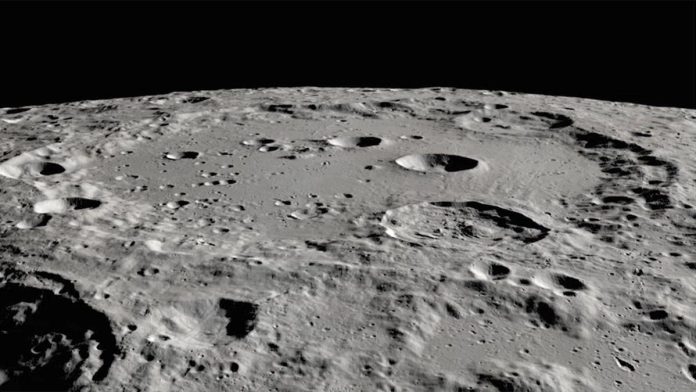A recently published research in The Planetary Science Journal has revealed new opportunities to find water on a month, which can significantly affect future space missions. According to a new analysis of mineralogical maps, water and hydroxyl - a molecule consisting of hydrogen and oxygen - can be found in different places on the satellite, even in areas with intense sunlight.
Planetologist Roger Clark from the Institute of Planetary Sciences notes that this discovery will allow astronauts to find water even near the equator, while earlier it was believed that the main water sources are only in the polar regions. Knowledge of the location of water on the moon can not only help to study the geological history of the satellite, but also to identify the places for possible colonization in the future.
Although the month seems dry enough, new data confirm that a lot of water is hidden under its surface. Earlier, studies have shown that significant water reserves could be in deeply shaded craters, where it can exist in the form of ice. However, new results indicate that water and hydroxyl are distributed more evenly over the entire surface.
Researchers used data from the Moon Mineralogy Maper (M3) on the Chandrayaan-1 spacecraft, which collected information about the reflection of infrared light on the lunar surface. The analysis found that water and hydroxyl are present at all latitudes, although their number varies.
Interestingly, water on the lunar surface does not remain for a long time. It is destroyed under the action of the solar wind, leaving behind hydroxyl, which can be formed as a result of reactions between solar hydrogen and oxygen on the surface. Clark notes that this testifies to the complex geology of the moon, where both cracking and volcanic activity can bring water materials to the surface.
Also interesting are the results concerning monthly curls - mysterious patterns on the surface. Researchers have found that these areas have a low water content, which can indicate their origin and interconnection with geological processes.
Opening about water on the moon opens up new opportunities for future missions. Treatment of minerals rich in hydroxyl can give astronauts a way to produce water from monthly breeds, which will significantly facilitate the study and possible colonization of this satellite.


